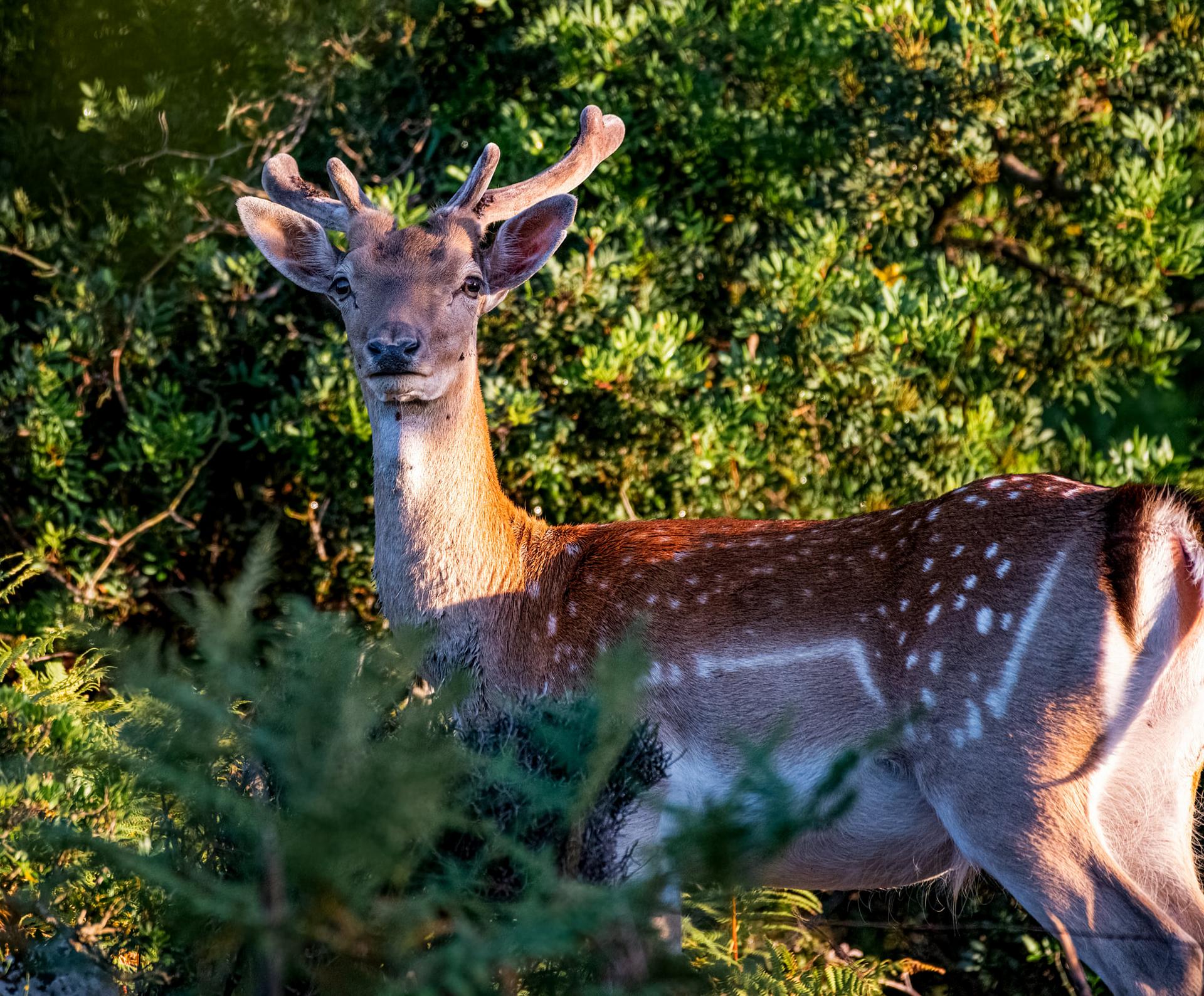The First Click – 1972
It was way back in 1972 when I took my first photograph. My grandfather handed me a little black box with shiny levers and a small red window on the back. Some will recognize it as a Box Brownie in one of its many incarnations. I loved walking around with it hanging from my neck, snapping away.
Of course, it took weeks before you could see the results — not like today’s instant gratification with digital. I was about 10 years old and relied entirely on my parents and grandparents to handle the processing. Still, the anticipation of sealing the film in its envelope, sending it off to the lab, and waiting for it to come back is something I can still feel today.
Even now, although you can see an image instantly on a digital SLR screen, there’s still a certain magic in getting home and viewing it large and in full resolution. That Box Brownie didn’t get a huge amount of use, but it planted a seed — one that’s been growing all my life, sometimes quickly, sometimes slowly, but never stopping.
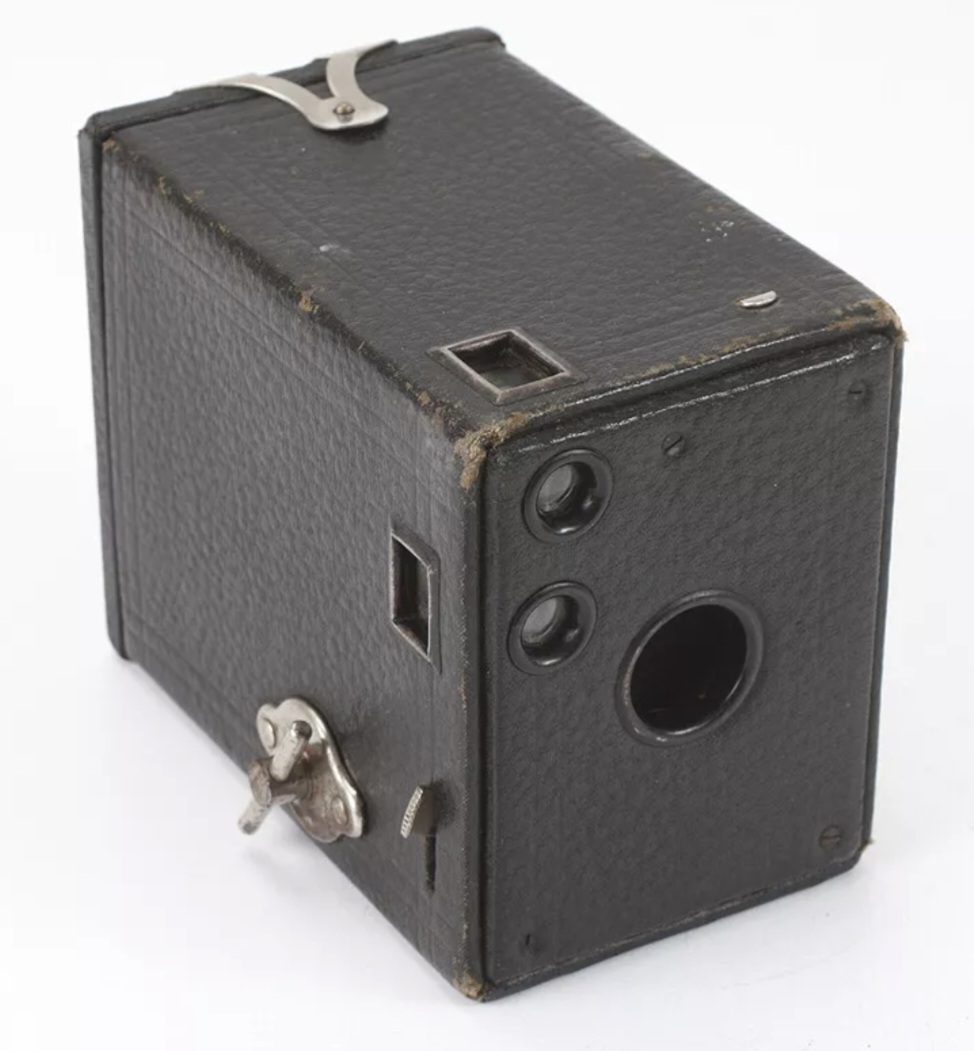
Teenage Years – From Soviet Glass to Pentax
At 16, I started work. Around that time, I owned a Zenith-E 35 mm SLR — a Soviet-era beast with a Helios 58 mm lens. I still have one today, adapted for my Nikon Z8 purely for the bokeh.
Back then, I was an apprentice electrician at Myson Radiators in Hull, and a lot of the electrical team were into photography. Now that I had some money of my own, I decided to upgrade: a Pentax ME Super with a standard lens, plus a Tamaron 79–200 mm zoom. I added a set of working filters and a tripod to the kit.
By 18, working shifts meant I often had afternoons free. I’d go out on photo walks, sometimes shooting a whole 24-frame roll in one afternoon, then rushing to the local photo shop to see how fast they could do the D&P (that’s develop and print, for anyone under 50).
The shop only printed images that passed a kind of quality check, so the price they charged told you roughly how many “keepers” you had. The Pentax felt like cutting-edge technology at the time: a light meter, red/green LEDs to tell you if exposure was correct… and that was about it. All settings were manual.
I splashed out on a motor drive for the bargain price of £170 — blistering speed at 2–3 frames per second. The sound it made was music. Think Girls on Film by Duran Duran.
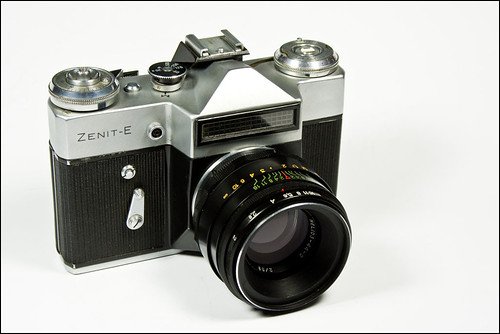
The Darkroom Years
At 22, I got married, bought a house, and started thinking about family. Photography took a short back seat, but not for long. I set up a darkroom in the spare bedroom, buying second-hand gear from a retiring pro: an old enlarger, focus finder, paper holders, safe light, trays, timer, plus chemicals and paper. All for £40.
My only previous print had been about 19 years earlier in a neighbour’s shed, so I headed to the library (no Google) for books on developing and printing. I bought some Ilford HP5 and FP4 black-and-white film, and I was off.
The first attempts felt magical — watching the image slowly appear on Ilford Multigrade paper — though I was no Ansel Adams. Over time, I improved and started producing prints I was proud of.

Camera Club and Slide Shows
I joined a camera club in Willerby, just outside Hull. It was a great place to learn new techniques and talk photography. Each month there’d be a meeting with a slide show — not just one projector, but two, so you could fade one 35 mm image into the next. This was cutting-edge back then.
The club organized photo walks in and around Hull, and I looked forward to the meetings all month.
Trying to Go Pro
A period of unemployment had me thinking about making money from photography. I tried weddings, but the stress of relying on a lab was too much — one ruined film (thankfully not a wedding) was enough.
I did a bit of freelance work for estate agents, taking property photos. It paid little, and not enough to live on. After a year out of work, I joined Roboserve, a vending machine company, as a service engineer. They gave me a car, a pager (Google it), and an area covering East Yorkshire and parts of Humberside.
The travel was great. I loved the freedom — and it gave me plenty of new places to photograph.
A Decade of Quiet Growth
Over the next ten years, photography was just a hobby. I kept learning, reading magazines (there were plenty back then), and books. Eventually, the darkroom got dismantled to make way for a bedroom. I now had two daughters, and most of the photos I took were of them.
1996: Life Shifts and New Directions
1996 was the year everything changed—a separation from my wife that ultimately led to divorce. I also switched jobs. I had been working at Xerox for several years as a copier engineer and then as a colour printing specialist. The digital age was coming fast.
By 2000, I was in Manchester, working as a sales technical support specialist for Xerox. I was earning more than as a copier service engineer and deeply involved in digital printing and proofing. It was then I got my first digital camera, an Olympus Camedia 830—a whopping 1.3-megapixel model.
Having unlimited access to high-quality (for the time) digital printers was a game changer. The early Xerox colour photo copiers and printers could produce outstanding prints—not comparable to today’s pro photo printers, but among the best available then.
Every day, I worked on proofing customers’ files to convince them the Xerox copier was the right choice. Working with companies like EFI and their Fiery print server, and later Scitex, gave me a solid grounding in colour theory and design layout.

Early Digital Cameras and Editing
In the 2000s, I also had an Olympus C-3000, a 3.3-megapixel camera released in May 2000. It had a 32–96 mm lens with full manual controls and RAW capability—though at the time, I wasn’t aware of RAW’s advantages. Lightroom didn’t exist until 2006, so all editing was done in CorelDRAW and Photoshop.
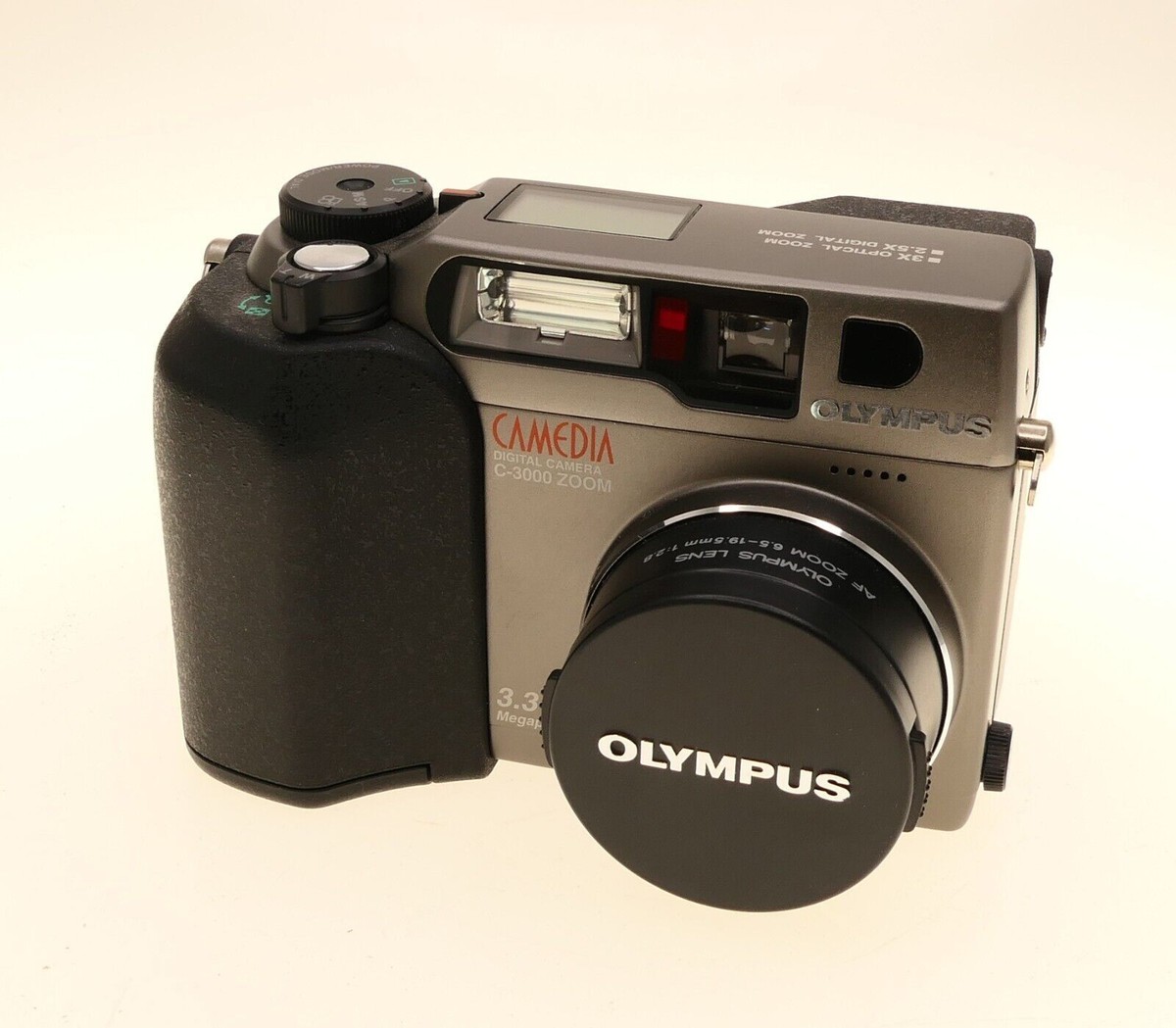
The DiMAGE 7Hi: A Mixed Blessing
I upgraded to a DiMAGE 7Hi, a 5-megapixel camera with a fixed 28–200 mm lens (released in 2002). It could shoot RAW and fire off 7 frames per second. But honestly, it was the worst digital camera I ever owned—the battery barely lasted a few hours if I was lucky.
Transition and Diving Begins
In the early 2000s, I left Xerox to join Indigo Digital Press as a salesperson for their E-Print 1000. After only a year, I moved into software sales with IBS International Business Machines, and access to free digital prints came to an end.
Around this time, I took up scuba diving. I completed my PADI Open Water and, within a couple of years, became a PADI instructor, diving most weekends in the UK. Photography once again became a focus—but I needed an underwater housing.
Thus began many years of underwater photography, mainly using the Olympus C-3000 Zoom with Olympus housing. I combined my photography skills with my diving instructor work, becoming a PADI underwater photography instructor. Over the following years, I taught many classes to dive students.
Underwater photography is challenging—especially in UK waters, with poor visibility and limited light most of the time.
New Beginnings in Mallorca
In 2005, I left the UK behind and moved to Mallorca, Spain, to work full-time as a diving instructor with Scuba Mallorca. Diving had become a passion, offering plenty of opportunities for underwater photography. Unfortunately, a clash of personalities with both the owner and an existing staff member led to my departure after just a few months.
With some leisure time on my hands, I took a sailing course and continued diving and photographing underwater scenes.
Australia and the Nikon Spark
In 2006, I travelled to Australia for five weeks to visit family—and, naturally, to dive. I needed a new camera, and it was there that my passion for Nikon began. At a dive centre in Sydney, I walked out with a Nikon Coolpix 8400 and an Ikelite housing.
I immediately went diving around Bear Island, capturing photos and videos of weedy sea dragons. I loved this camera and used it for many years.
Owning a Dive Centre in Mallorca
Upon returning to Mallorca, I purchased a dive centre—Scuba Med Divers in Son Baulo, Can Picafort. For the next few years, I focused on building it up into an Instructor Development Centre (IDC), while continuing to take underwater photos whenever possible.
The dive centre also used Olympus equipment: the UD-600 and underwater housing, as well as the Olympus C-720UZ with Olympus housing.
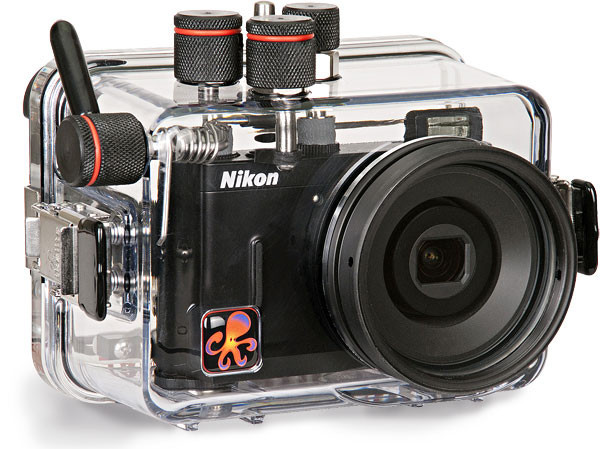
Shifting Gears: From Diving to Hot Tubs
By 2012, I had sold the dive centre and started working with a friend on a new business selling hot tubs—a considerable change of pace. I still dived occasionally, but it became less frequent, mostly just for fun during holidays.
Returning to Land Photography
Around this time, I refocused on land photography and rekindled my love for hiking and camping. I began doing day and two-day hikes into the Mallorca countryside, always bringing my camera along.
I’d moved up to the semi-pro league with a Nikon D500—a superb camera that accompanied me on many hikes. But I was eager to experience a full-frame sensor, so I added a Nikon D850 to my line-up.
Photography was taking hold again. I started investing time and money into my hobby, learning Lightroom and some Photoshop skills. By now, I was totally convinced of the benefits of shooting RAW—even though the first steps can be disheartening. Raw images initially look flat, dull, and boring—a far cry from the vibrant JPEGs most people see straight out of the camera.
After watching many YouTube videos by experienced photographers, I became proficient at processing images in Lightroom and wouldn’t think of using JPEG unless it was purely for snapshots.
Why Shoot RAW?
For those unfamiliar, here’s the simple explanation: All photos start as RAW data. When you shoot and save as JPEG, you’re letting someone—probably far away in the Far East—decide what your photo should look like.
When you shoot RAW, you decide.
The Nikon Z8 and Bird Photography
Anyway, lesson over. I now also have a Nikon Z8. I waited a long time for Nikon to release this camera, resisting the temptation to jump on the mirrorless bandwagon with the Z6 and Z7—they didn’t seem to offer much advantage over the D500 and D850.
Since 2019, I’ve been shooting birds. Now, I’m no twitcher—I don’t know the names of most birds until I look them up—but I find it very relaxing to sit in a hide alone, lost in my thoughts, watching nature unfold before me and hoping to capture something extraordinary (still waiting).
The noise from the D500 is excruciatingly loud when sitting in a hide with no sound apart from birds chirping—and the birds hear it and fly off. So, as soon as the Z8 was released, I ordered one. I love it.
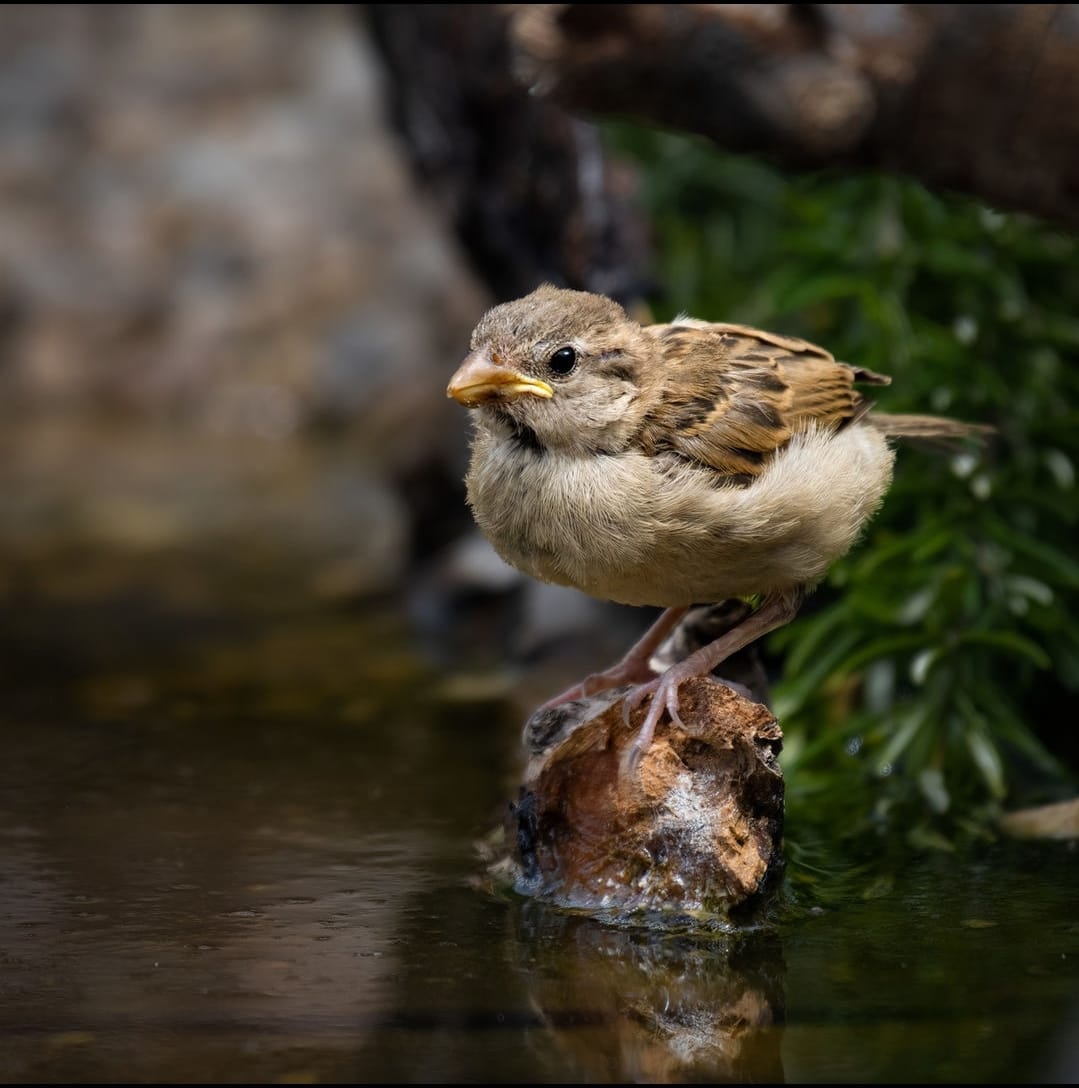
Searching for a True Style
I don’t feel like I’ve ever truly found my own photographic style. I’ve dabbled in many areas: weddings (stressful back in the film days), real estate (though without the right gear at the time), landscapes—which remain one of my favourite subjects—along with wildlife. Sadly, wildlife options are limited here in Mallorca, apart from the many birds.
Astro photography, especially Milky Way and moon photography also Macrophotography have been a favourites and more recently, I’ve been drawn to people: intimate portraits and some boudoir work.
Current Project: Portraits of Alcúdia seniors.
Currently, I’m photographing people in their 80s in Alcúdia, people who have seen monumental changes in life here, capturing them in their homes—in their environment. And listening to their colourful stories, I hope to produce a book with portraits alongside a story from each subject.
Building a Studio and Exploring Boudoir and controlled lighting
I’ve built a small studio and am I experimenting with sensual—but hopefully tasteful—boudoir photography. Some are nude, others just plain sexy, if you can still use that word. I should point out I work with both male and female subjects.
Studio work is a challenge because I’ve mostly worked with natural light. Having nearly 100% control is tough, but it’s a challenge I relish.
In fact, I think much of my photography has been driven by that question: How? How to capture the moment, the mood, the light?
A Passion for Challenge: Astro and Beyond
I’ve taken a few astro images, and it’s the process that interests me the most. I’ve spent many nights camped out in dark-sky areas here in Mallorca. Furthermore, I love the challenge as much as the result.
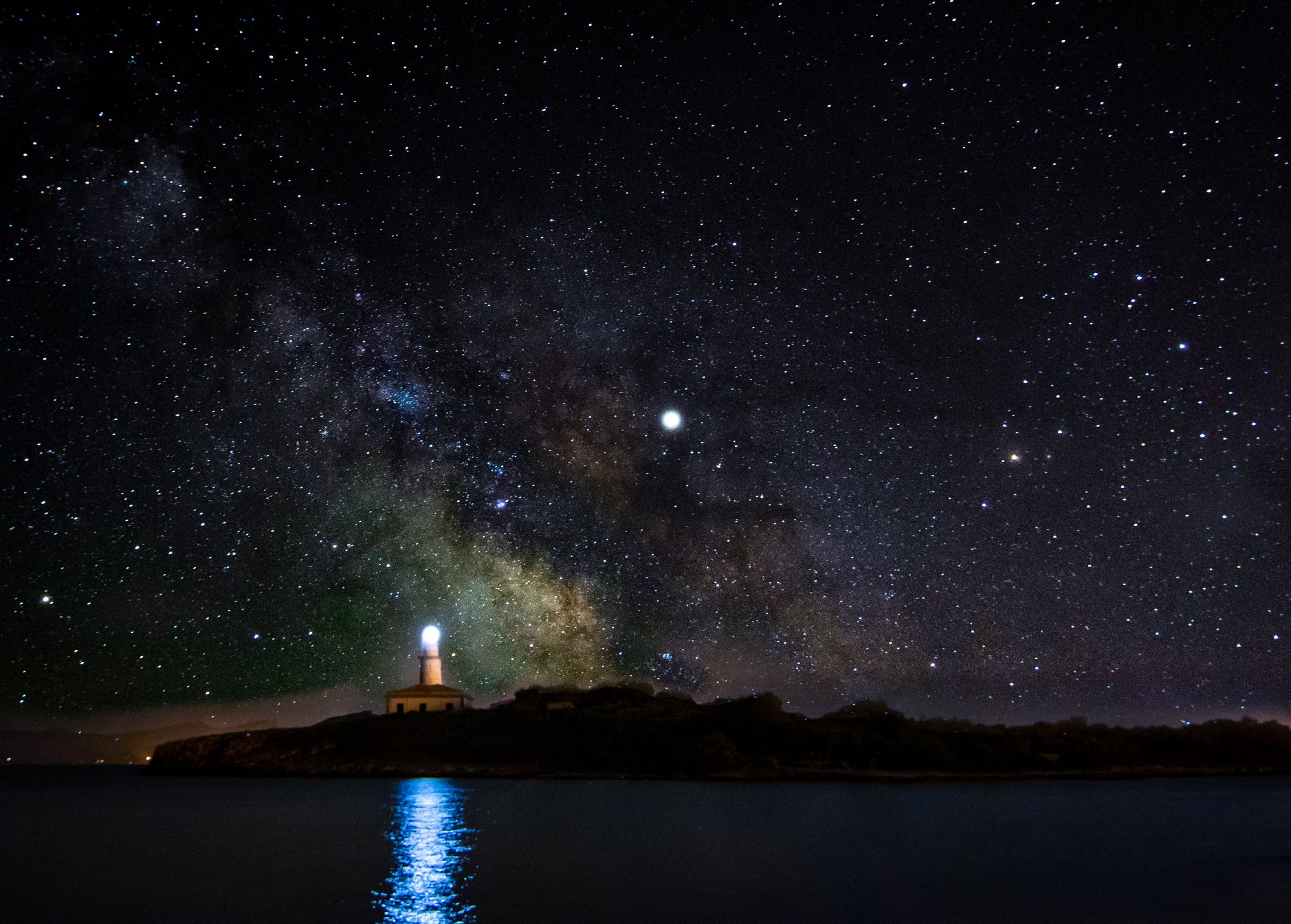
Feeling Out of Time
The photographic world has seen seismic changes over my 50 years with a camera—from the Box Brownie to some of the most advanced gear available today. The technology is astonishing, but occasionally, I feel like I was born too late or started developing my skills too late.
Embracing AI, But Questioning the Flood
I embrace AI image generation—it can certainly help an artist. After all, that’s what a photographer is: an artist painting with light.
However, the crazy abundance of AI-generated images sometimes leaves me asking—is it worth it?
The Simple Answer: Yes
The answer is simple: Yes, undoubtedly. Photography makes you really see the world. Most people just look, but don’t truly see. I look at everything through a camera lens and wonder what I could create artistically from that image. Sure, I could just type a prompt into an AI and get a picture instantly, but where’s the fun in that? Don't get me wrong, I use AI tools within Lightroom and other editing software on a daily basis, but I use them on a real image taken in the real world by me with intent. Then I use tools at my disposal to help make that Raw image into the one I saw at the time and to try and portray the feelings I had in that split second of time.
The Irreplaceable Experience
Getting out into nature, getting dirty, getting wet, sleeping on a mountain to capture a sunrise, sunset, or early morning mist in a valley—these are experiences AI can’t replace. Sitting for hours in a hide, waiting with anticipation for something amazing to unfold, while watching nature happen before your eyes—that’s a world apart.
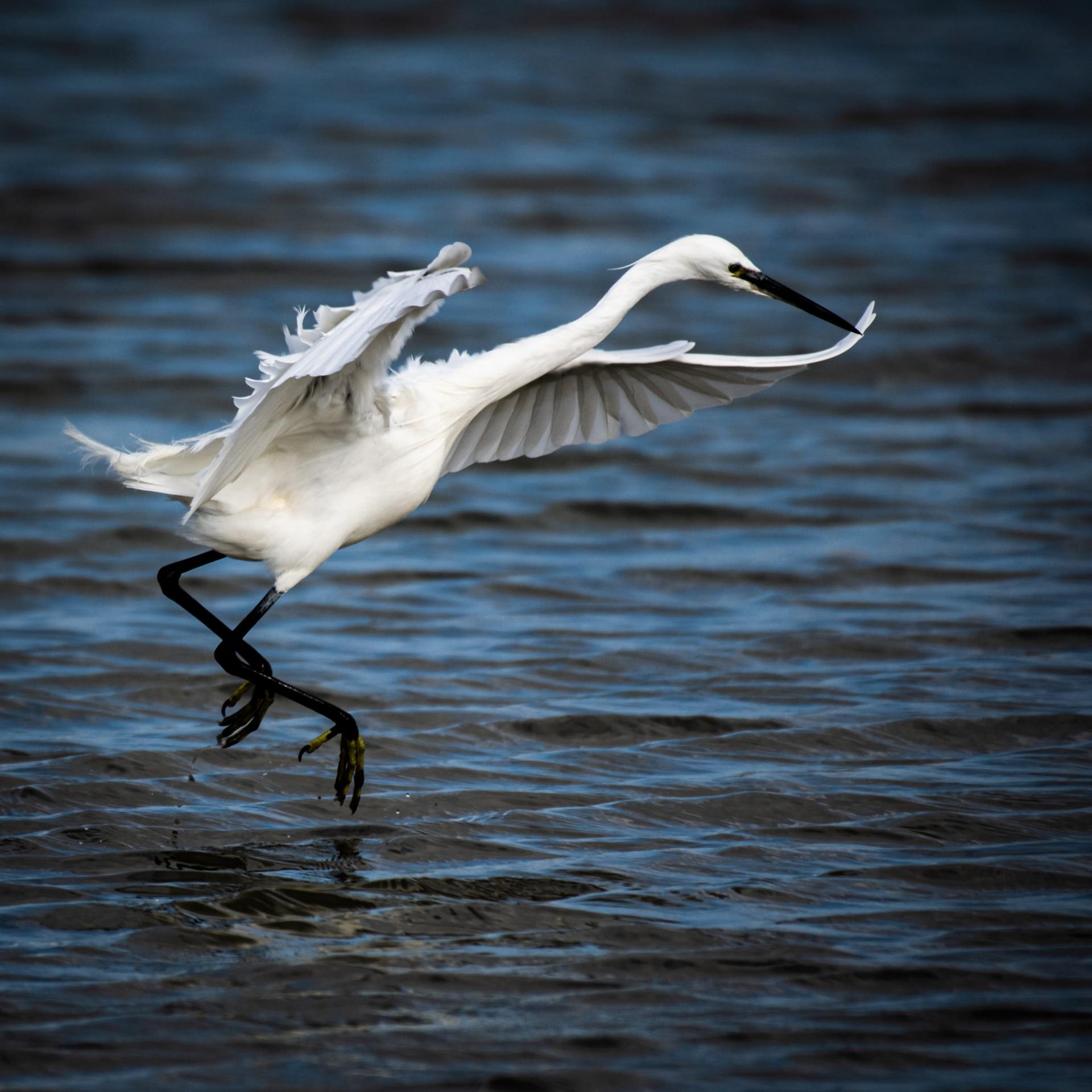
The Human Connection
Talking to portrait clients, whether it is a family group a formal solo portrait or headshot for social media or a job application helping them relax and feel at ease to capture the real them in a photo—that’s an art and a challenge all on its own. Listening to them and understanding what sort of photo they want, and then working with them towards a final image.
The Endless Journey
The learning never ends. There are still many areas I haven’t explored, each with its challenges—and often the excuse to buy new gear (yes, I love new equipment—who doesn’t?).



